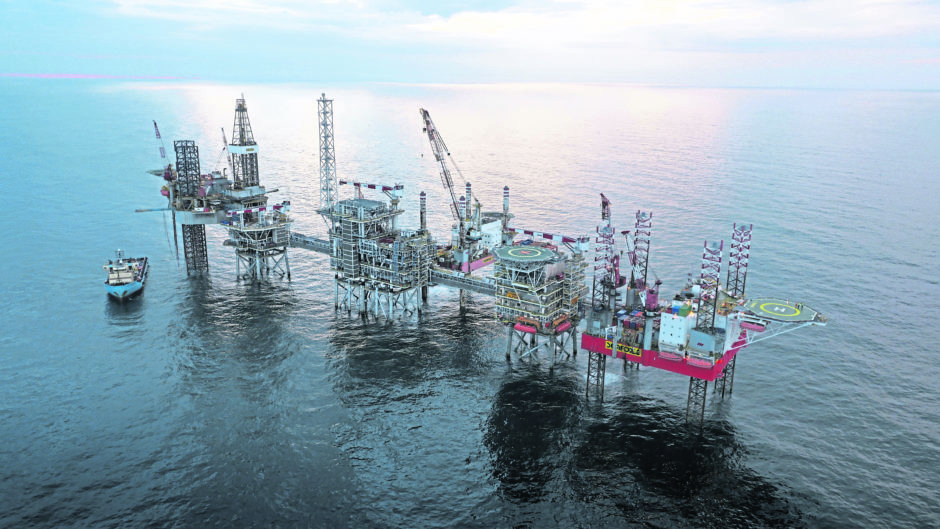
Neptune Energy today announced the digitisation of five of its operated offshore platforms in the Dutch, Norwegian and UK North Sea.
It means about 90 site inspections per year can be carried out from onshore, accelerating work schedules, reducing costs and cutting carbon emissions associated with offshore travel.
Digital twins were created for Neptune Energy’s K9-A, L5-D and F3-B platforms in the Netherlands, Gjøa in Norway, and Cygnus in the UK Southern North Sea.
Working with the platforms’ digital counterparts, engineers and integrity specialists will be able to carry out an estimated 4,100 hours of work from onshore locations, without the additional time and costs associated with flying offshore by helicopter.
The latest digital twins were created in partnership with leading UK-based 3D technology specialist, Eserv, as part of Neptune Energy’s investments in the digitalisation of its operated assets.
Neptune Energy’s VP Operations Europe, Pete Jones, said: “Using exciting 3D technologies such as digital twins demonstrates how we and the wider industry can increase productivity while reducing operational costs and the overall carbon footprint of traditional upstream production operations.
“The technology is continuing to evolve to the point that onshore teams will be able to visit the platforms virtually, and ensure operations are running safely, smoothly and efficiently from anywhere in the world.
“They will be able to plan work, inspect plant equipment and monitor changes in the physical structure, or identify potential issues early and accurately. This is especially important given the need to reduce the number of individuals on offshore platforms during the COVID-19 pandemic.”
Recommended for you
